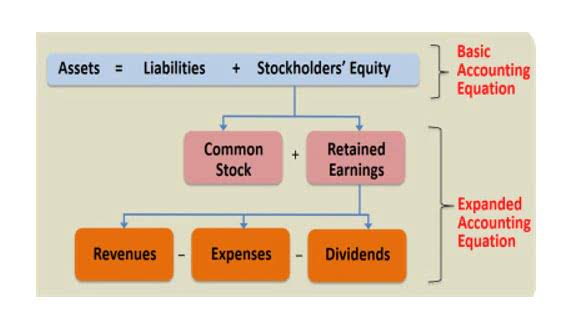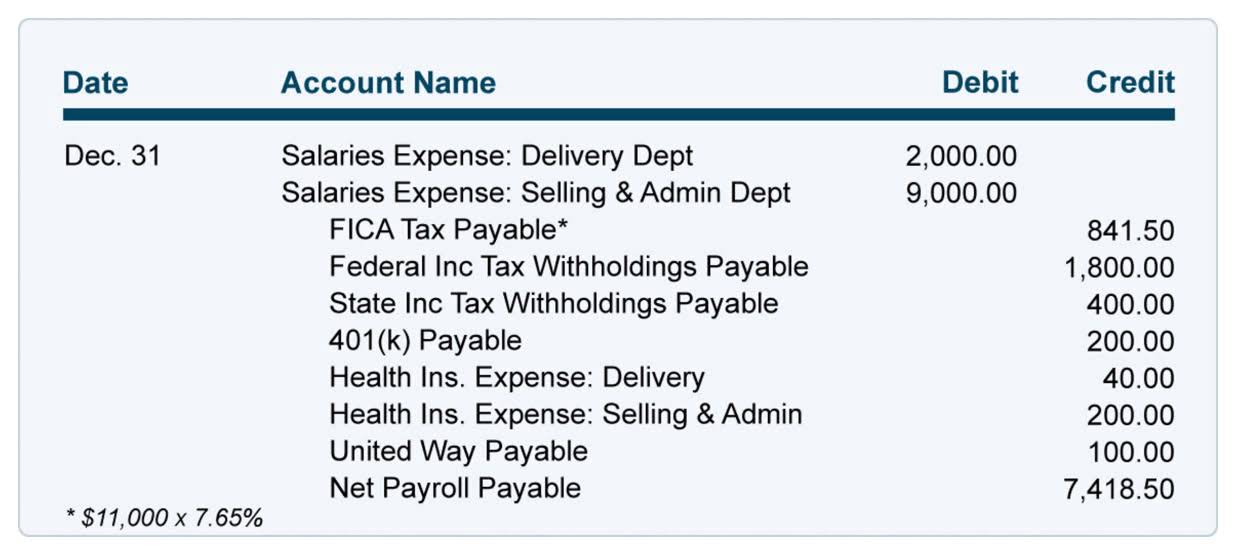
A company’s balance sheet contains all working capital components, though it may not need all the elements discussed below. For example, a service company that doesn’t carry inventory will simply not factor inventory into its working capital calculation. To calculate working capital, subtract a company’s current liabilities from its current assets. Both figures can be found in public companies’ publicly disclosed financial statements, though this information may not be readily available for private companies. The two meaningful changes – the $5,000 increase in cash and $5,000 decrease in accounts receivable offset each other.

How To Improve Net Working Capital?
He wants to expand his business and add other school supplies to his shop. You can narrow the focus of your Net working capital calculation by removing cash and debts. Where possible, refinancing short-term debt that’s pushing the net working capital into the https://www.bookstime.com/ negative can work to fix the gap. If your company’s working capital isn’t so hot, you might have some operational problems dragging it down. It’s worth noting software can keep this figure up-to-date on your behalf.
How to Prep Your Business for the Summer Rush … or the Summer Slump

Founded in 1993, The Motley Fool is a financial services company dedicated to making the world smarter, happier, and richer. The Motley Fool reaches millions of people every month through our premium https://www.instagram.com/bookstime_inc investing solutions, free guidance and market analysis on Fool.com, top-rated podcasts, and non-profit The Motley Fool Foundation. To calculate this ratio, you take a business’s short-term money and compare it to all the money it has. This ratio is expressed as a percentage, which tells you how much short-term money exists in relation to the business’s total money. A high net working capital demonstrates that a company efficiently utilizes its resources.
- But that doesn’t make it a perfect insight into a company’s financial workings.
- Current liabilities encompass all debts a company owes or will owe within the next 12 months.
- Third, the company can negotiate with vendors and suppliers for longer accounts payable payment terms.
- But it doesn’t consider long-term assets and liabilities, the scale of the company, or the broader economic context.
- A few situations where non-operational windfalls or changes can skew net working capital.
- The Ascent, a Motley Fool service, does not cover all offers on the market.
What is a Working Capital Ratio?

Just as individuals save money to make investments, businesses use their net working capital to invest in projects expected to generate more revenue. This could include expanding product lines, entering new markets, or upgrading equipment. An additional definition of net working capital excludes most types of assets and closely focuses only on accounts receivable, accounts payable, and inventory. Generally speaking, any positive NWC indicates that your business is operating efficiently and is able to cover its immediate financial obligations as well as invest in business growth.
- As a business owner, you know there are tons of accounting ratios you can calculate, but one of the most valuable (and easiest) for you or your bookkeeper to use is the net working capital formula.
- Working capital is calculated by subtracting current liabilities from current assets.
- They typically include cash in the bank, raw materials and inventory ready for sale, short-term investments, and account receivables (the money customers owe you).
- However, it is a very complex process, where the change in net working capital is more in case the company is bigger, covering a wider market and wide range of products and services.
- The following information has been taken from the balance sheet of ABC Company.
- Net Working Capital management is important for building and maintaining good relationships with creditors and debtors, suppliers, and lenders.
How Do You Calculate Working Capital?

It also contributes to the company’s financial flexibility, as the funds can be used to support operations, pay down debt, or invest in growth initiatives. The purpose of working capital management is to ensure you are on the right track with your company’s liquidity. When you have insufficient working capital, this causes a domino effect such as the inability to meet obligations when due and leads to late payments to creditors, employees, and suppliers. Without working capital management your business can end up with damaged credit, an untrusted supplier relationship, and employee attrition. If your NWC is zero, it means you’re able to meet only current financial obligations, but you may have a problem meeting other short-term obligations in the future. A negative NWC can be cause for alarm and usually indicates that you’ll need to raise additional funds or borrow money in order for the business to survive.
- And then, we need to find the difference between the current assets and the current liabilities as per the net working capital equation.
- Exactly how much net working capital a healthy company should maintain will vary from company to company, dictated by its operating model, industry, and capital structure.
- Suppose a small business has current assets of $20000 and current liabilities of $10000.
- Working capital represents a company’s ability to pay its current liabilities with its current assets.
- This measures the proportion of short-term liquidity compared to current liabilities.
- If Microsoft were to liquidate all short-term assets and extinguish all short-term debts, it would have almost $30 billion remaining cash.
- A negative amount indicates that a company may face liquidity challenges and may have to incur debt to pay its bills.
- In addition to educational tools, Nav’s marketplace for finding the best financing for your business can certainly help your working capital work for you.
- As in, it is a measure of if the company will be able to pay off its current liabilities with the assets in hand.
- Investors use NWC to know whether a company is liquid enough to pay off its short-term liabilities.
Net working capital has many uses, such as benchmarking against other companies, working out efficiency rates, and signaling if a business is ready to grow. This positive NWC of $200,000 indicates Company X possesses $200,000 in excess of its short-term obligations, showcasing a robust financial position in the short run. He has a Bachelor of Science in journalism from Boston University addition to net working capital formula and has written for the American Civil Liberties Union, the marketing firm InSegment and the project management service Assembla.

 Les Articles de ce Blog
Les Articles de ce Blog